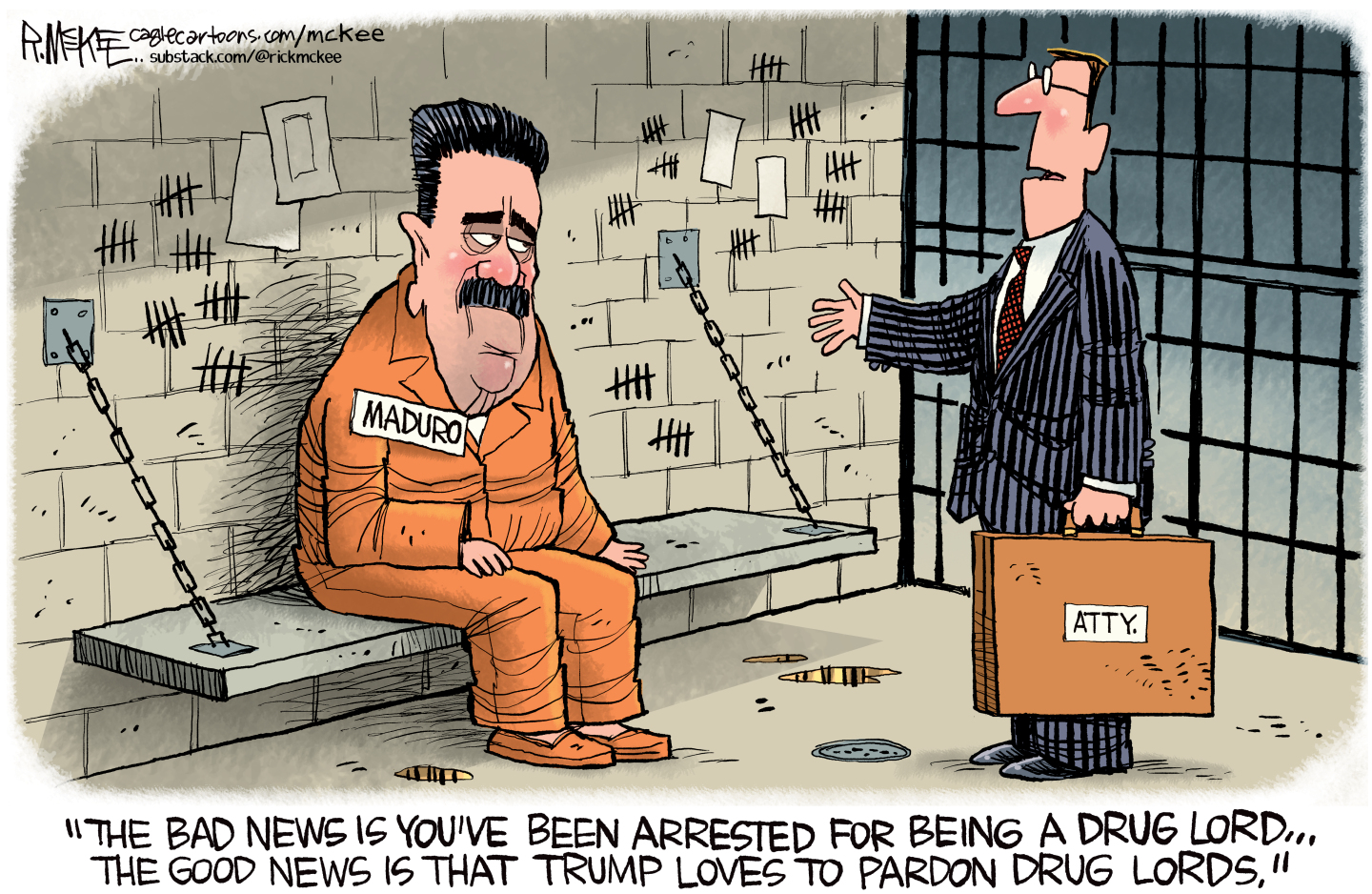Coronavirus: behind the Chinese laboratory theory
US State Department had raised concerns over the safety of the Wuhan lab

The World Health Organization (WHO) has denied a growing number of allegations that the new coronavirus originated in a Chinese laboratory.
WHO spokesperson Fadela Chaib said that “it is probable, likely, that the virus is of animal origin”. The comment followed Donald Trump’s confirmation that his administration is investigating whether the new virus originated in a lab in the Chinese city of Wuhan.
Speculation that the new coronavirus, which causes Covid-19, may have escaped from the Wuhan Institute of Virology (WIV) has circulated “among right-wing bloggers and conservative media pundits”, says USA Today.
The Week
Escape your echo chamber. Get the facts behind the news, plus analysis from multiple perspectives.

Sign up for The Week's Free Newsletters
From our morning news briefing to a weekly Good News Newsletter, get the best of The Week delivered directly to your inbox.
From our morning news briefing to a weekly Good News Newsletter, get the best of The Week delivered directly to your inbox.
So is it fact or fiction?
According to Deutsche Welle, the theory “began making the rounds on social media sites as early as January”.
DW adds that the first posts suggesting that the virus came from the Wuhan lab originated “in connection to conspiracy theories referencing secret Chinese military labs developing bioweapons”.
While there is no evidence for the link to bioweapons, the BBC reports that US State Department cables leaked to The Washington Post columnist Josh Rogin do show that US officials were in fact worried about biosecurity at a virus lab in Wuhan, China.
A free daily email with the biggest news stories of the day – and the best features from TheWeek.com
Rogin reports that in 2018 US science diplomats were sent on repeated visits to WIV, which had in 2015 become China’s first laboratory to achieve the highest level of international bioresearch safety.
One of the State Department cables reportedly said: “During interactions with scientists at the WIV laboratory, they noted the new lab has a serious shortage of appropriately trained technicians and investigators needed to safely operate this high-containment laboratory.”
Rogin says that the officials then sent two warnings to Washington about inadequate safety at the lab.
Chinese researchers at WIV were receiving financial assistance from the Galveston National Laboratory at the University of Texas Medical Branch and other US organisations, but the Chinese had requested additional help. “The cables argued that the United States should give the Wuhan lab further support, mainly because its research on bat coronaviruses was important but also dangerous,” Rogin says.
He concludes that “there is no evidence that the virus now plaguing the world was engineered” and that “scientists largely agree it came from animals”.
However, Xiao Qiang, a research scientist at the School of Information at the University of California at Berkeley, suggests this does not mean it definitely did not come from the lab, which had spent years testing bat coronaviruses in animals.
“The cable tells us that there have long been concerns about the possibility of the threat to public health that came from this lab’s research, if it was not being adequately conducted and protected,” he said.
–––––––––––––––––––––––––––––––For a round-up of the most important stories from around the world - and a concise, refreshing and balanced take on the week’s news agenda - try The Week magazine. Start your trial subscription today –––––––––––––––––––––––––––––––
Lack of evidence
According to Rogin, many national security officials inside the Trump administration have “long suspected either the WIV or the Wuhan Center for Disease Control and Prevention lab” was the behind the outbreak of the new coronavirus. But, the paper adds, “the intelligence community has provided no evidence to confirm this”.
Despite reports to the contrary by news outlets such as Fox News, the BBC notes that “there is no evidence of any kind that the Sars-CoV-2 virus (which causes Covid-19) was released accidentally from a lab”.
And as DW reports, researchers have “brushed off theories that the virus was manmade”, adding that it has characteristics that suggest it is “a naturally occurring virus and not a manmade mutation”.
This assessment was backed up by a team of researchers who published their findings last month in the journal Nature Medicine. “Our analyses clearly show that SARS-CoV-2 is not a laboratory construct or a purposefully manipulated virus,” they concluded.
In another article, published in the journal Emerging Microbes & Infections in February, researchers led by Shan-Lu Liu at the Ohio State University found that there was “no credible evidence supporting claims of the laboratory engineering of SARS-CoV-2”.
“The virus’s genome has been sequenced, and if it had been altered, we would expect to see signs of inserted gene sequences. But we now know the points that differ from bat viruses are scattered in a fairly random way, just as they would be if the new virus had evolved naturally,” explains New Scientist.
DW also points to “the fact that the lab’s work is not secret” and that WIV published its findings in professional journals as evidence that the virus is unlikely to have been created by its researchers.
Shi Zhengli, the head of the WIV research project, has denied that the lab was the origin for the new coronavirus. In February this year, it was Zhengli and her team who first publicly reported that the virus was a bat-derived coronavirus.
However, Xiao tells Rogin that he does not think it is a “conspiracy theory” to ask questions about the research being carried out at the WIV lab.
“I think it’s a legitimate question that needs to be investigated and answered,” he said. “To understand exactly how this originated is critical knowledge for preventing this from happening in the future.”
-
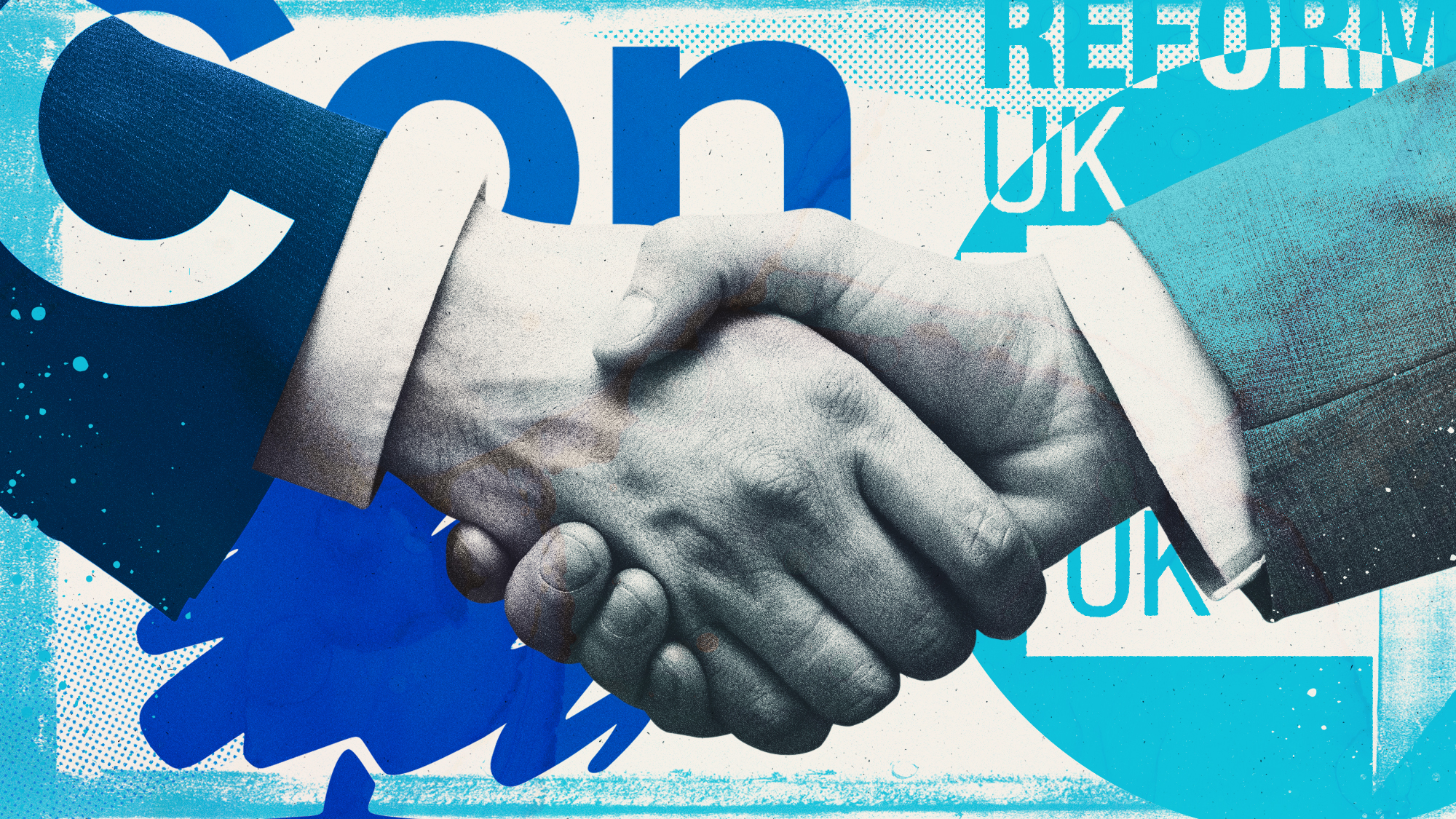 Is a Reform-Tory pact becoming more likely?
Is a Reform-Tory pact becoming more likely?Today’s Big Question Nigel Farage’s party is ahead in the polls but still falls well short of a Commons majority, while Conservatives are still losing MPs to Reform
-
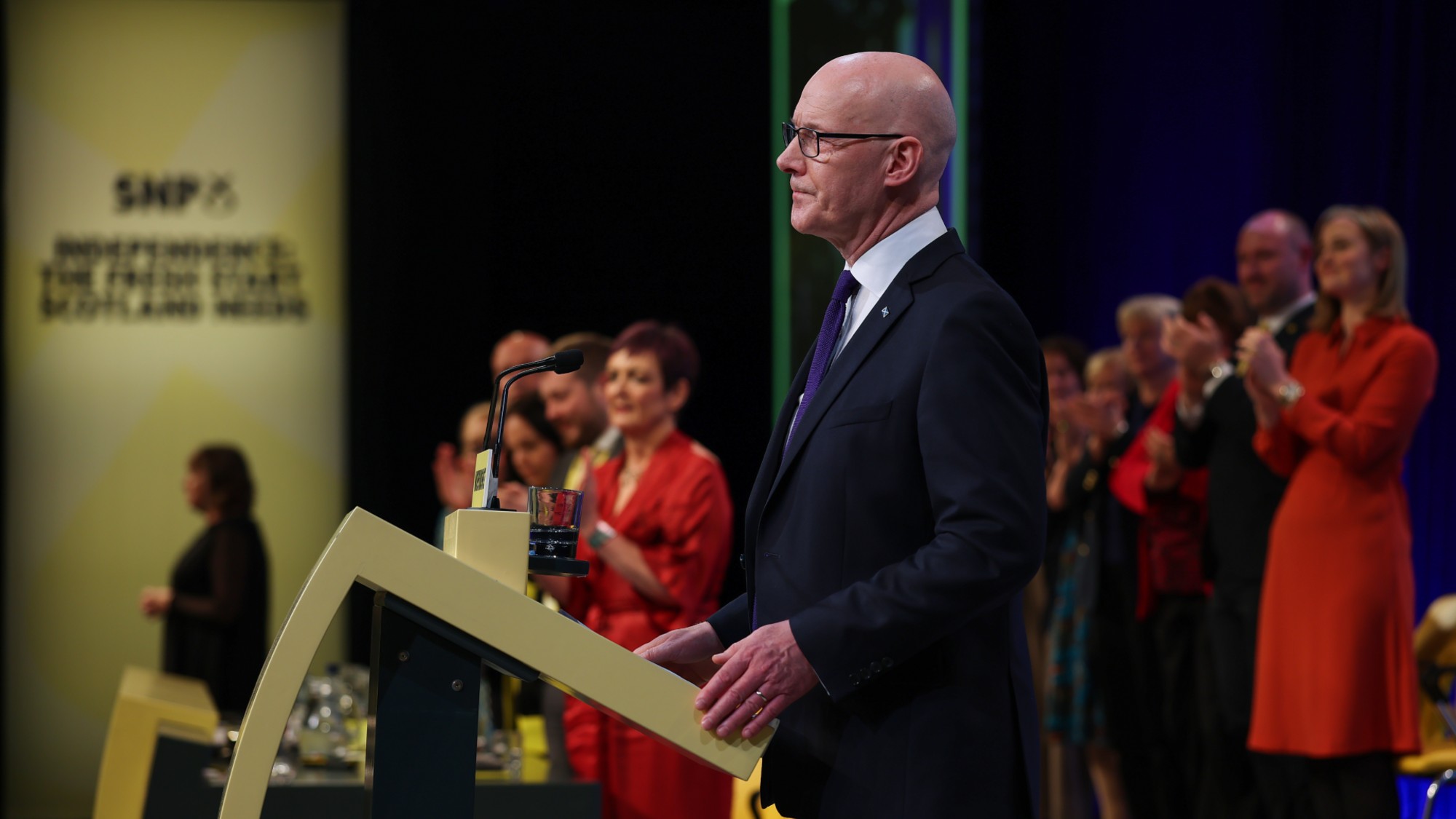 Taking the low road: why the SNP is still standing strong
Taking the low road: why the SNP is still standing strongTalking Point Party is on track for a fifth consecutive victory in May’s Holyrood election, despite controversies and plummeting support
-
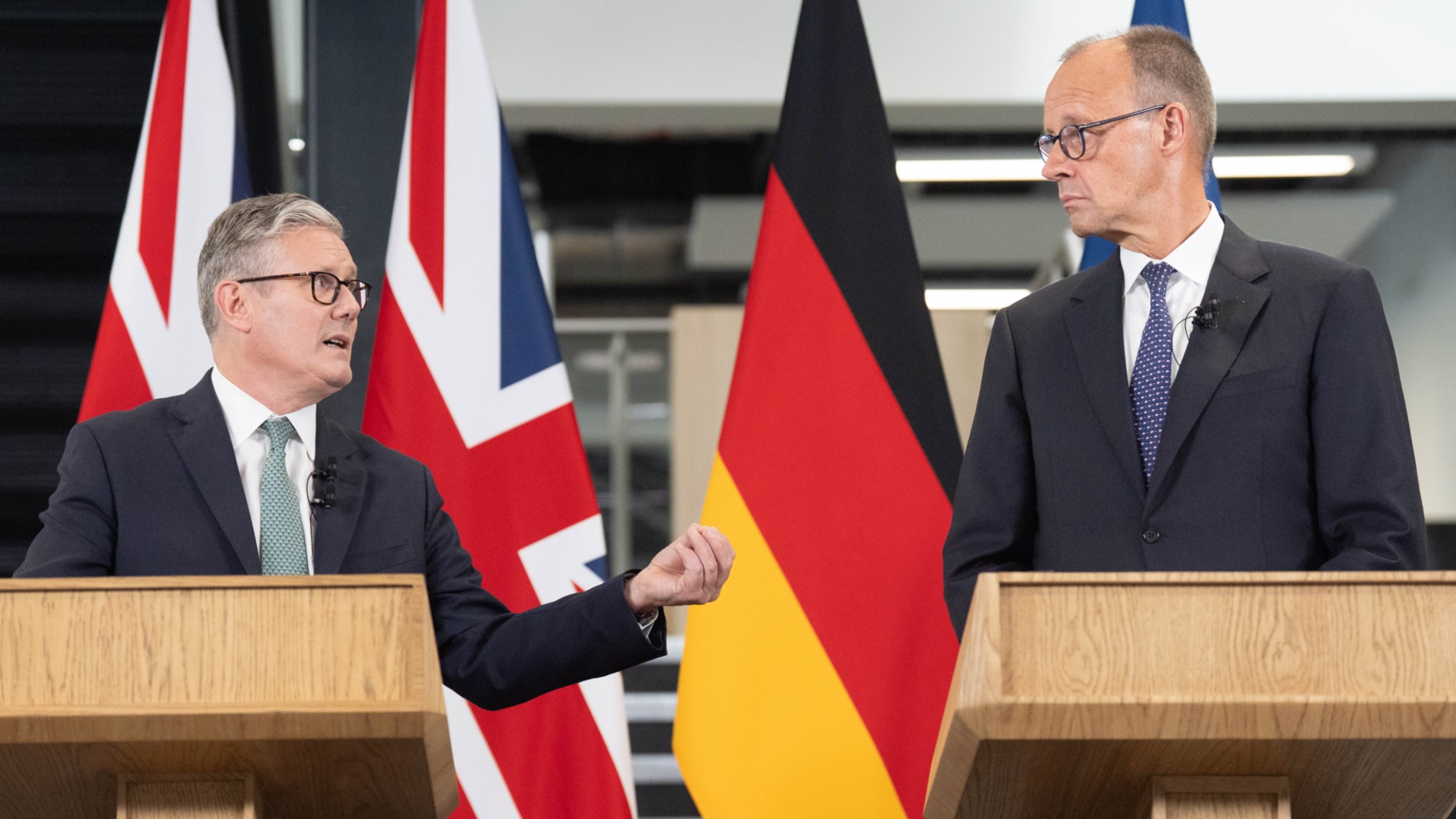 What difference will the 'historic' UK-Germany treaty make?
What difference will the 'historic' UK-Germany treaty make?Today's Big Question Europe's two biggest economies sign first treaty since WWII, underscoring 'triangle alliance' with France amid growing Russian threat and US distance
-
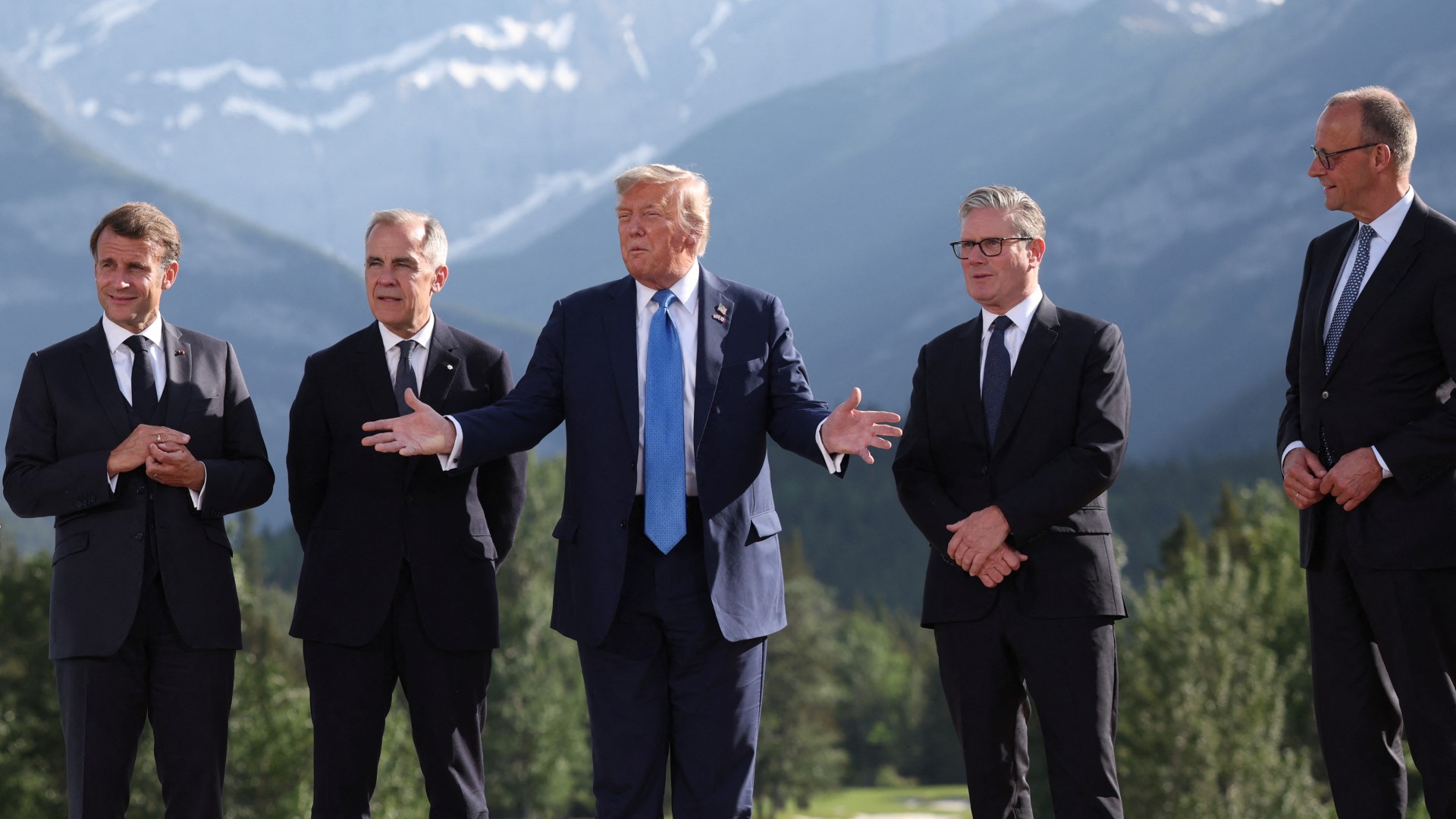 Is the G7 still relevant?
Is the G7 still relevant?Talking Point Donald Trump's early departure cast a shadow over this week's meeting of the world's major democracies
-
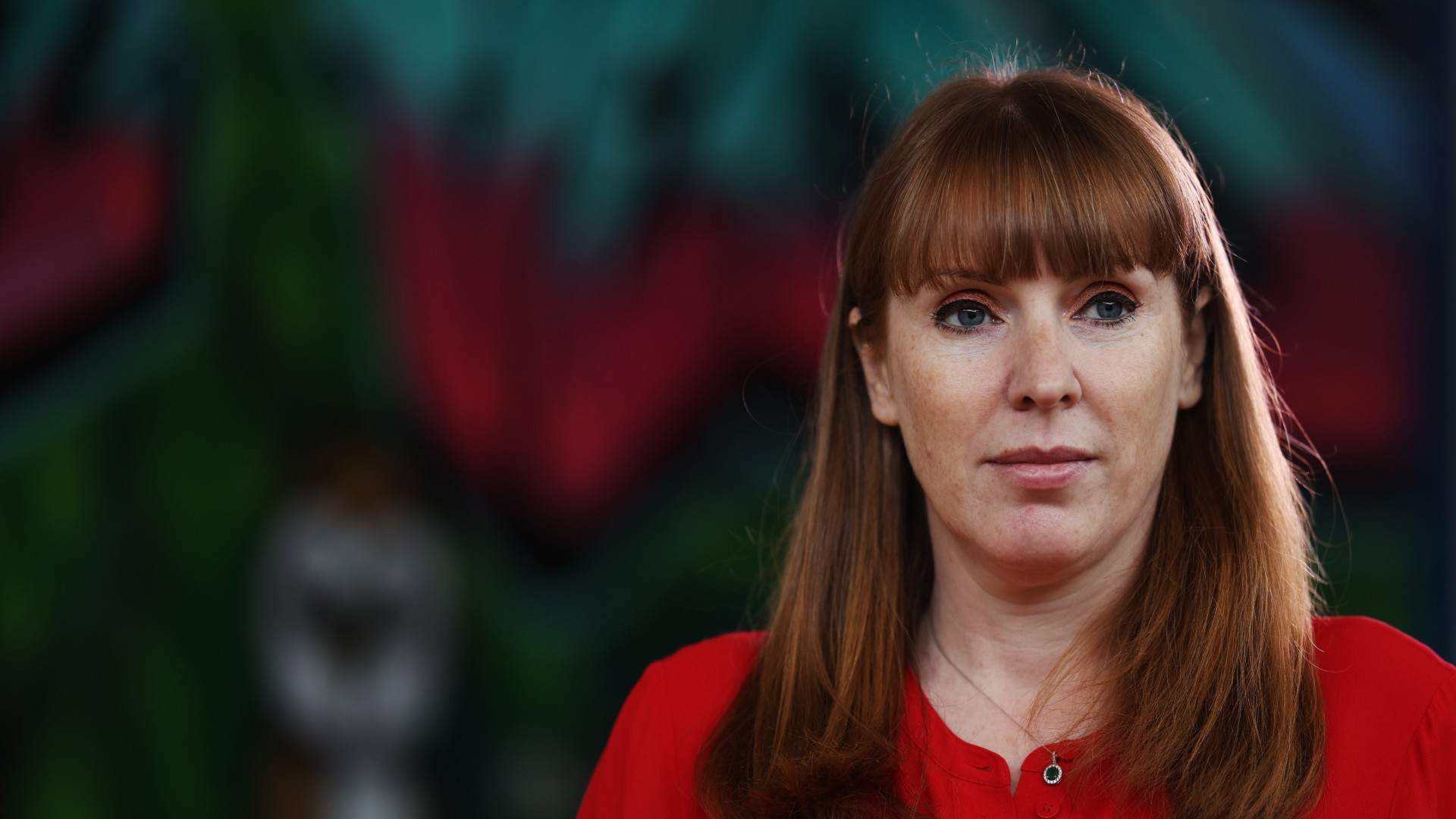 Angela Rayner: Labour's next leader?
Angela Rayner: Labour's next leader?Today's Big Question A leaked memo has sparked speculation that the deputy PM is positioning herself as the left-of-centre alternative to Keir Starmer
-
 Is Starmer's plan to send migrants overseas Rwanda 2.0?
Is Starmer's plan to send migrants overseas Rwanda 2.0?Today's Big Question Failed asylum seekers could be removed to Balkan nations under new government plans
-
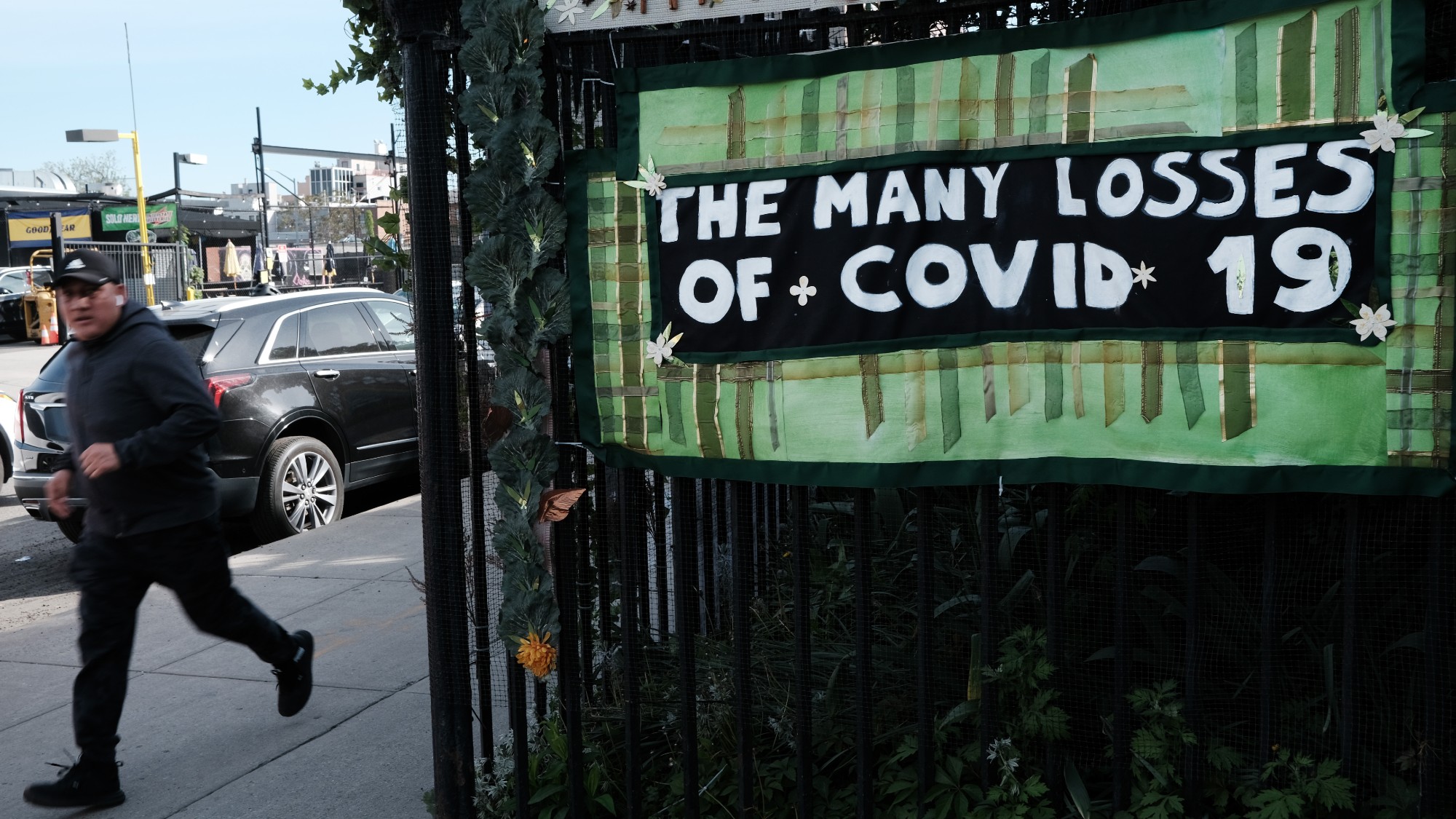 'There is a certain kind of strength in refusing to concede error'
'There is a certain kind of strength in refusing to concede error'instant opinion 'Opinion, comment and editorials of the day'
-
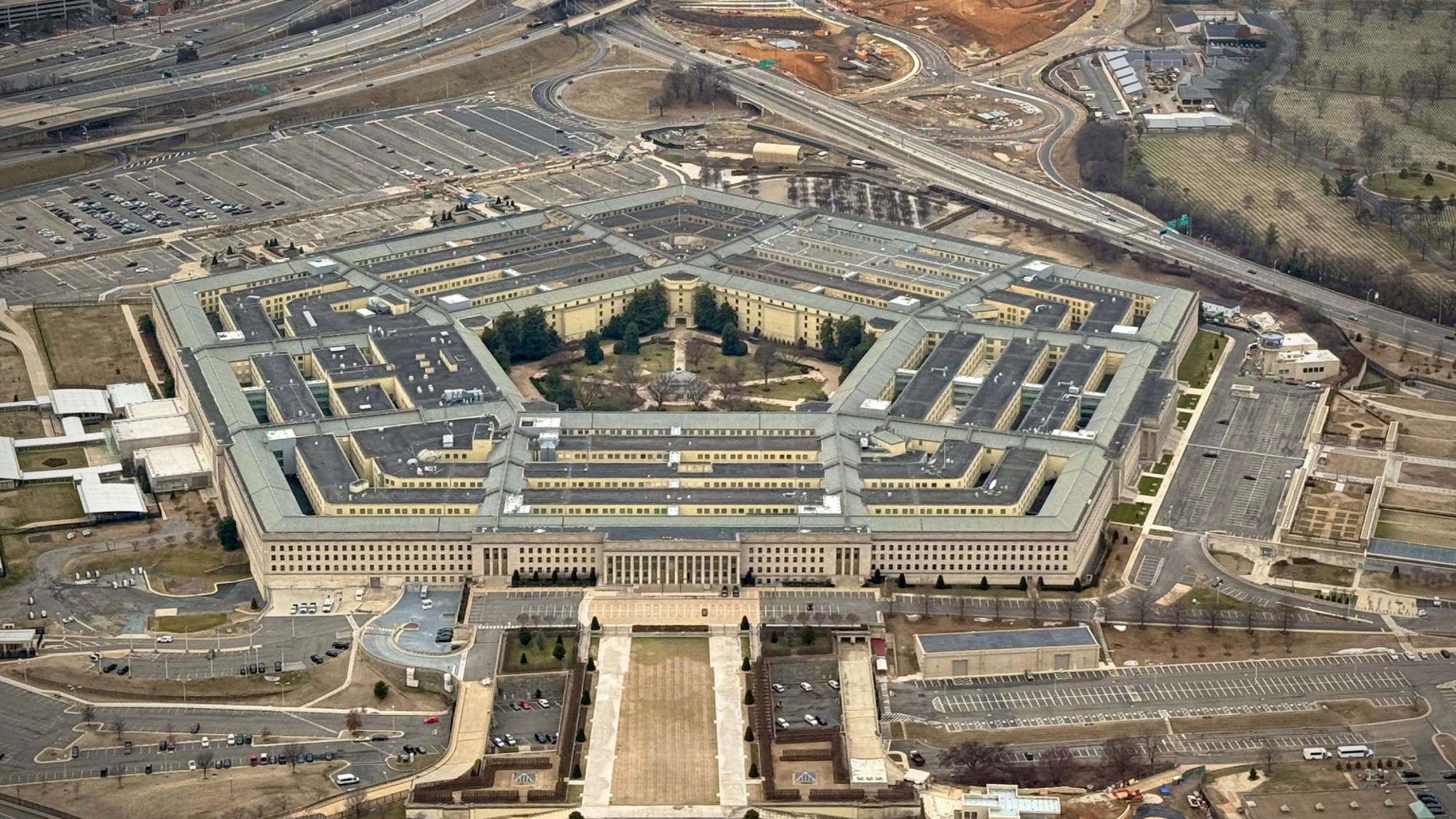 'Most Americans have never heard of the Office of Net Assessment'
'Most Americans have never heard of the Office of Net Assessment'Instant Opinion Opinion, comment and editorials of the day
